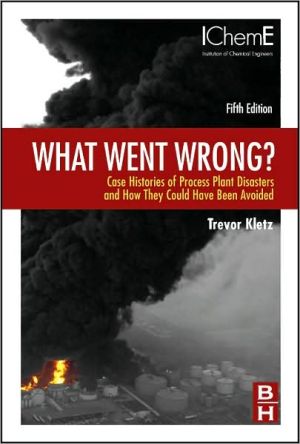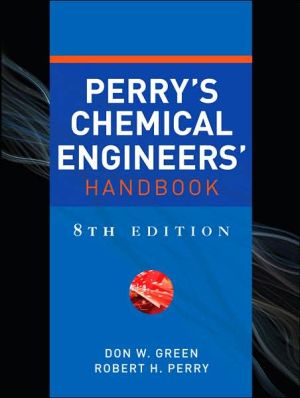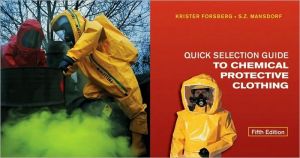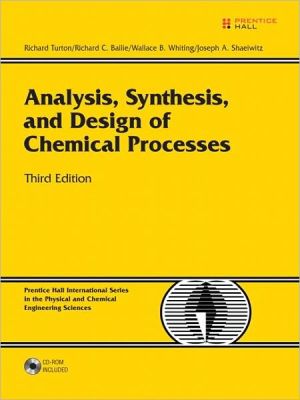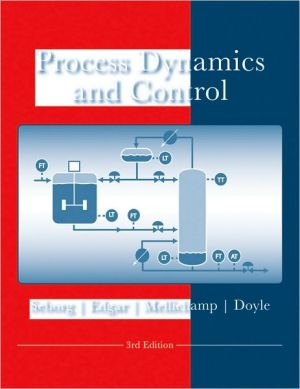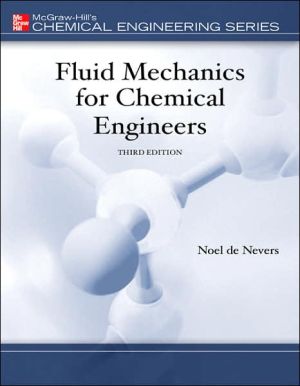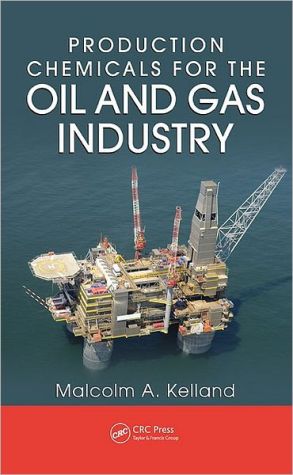What Went Wrong?: Case Histories of Process Plant Disasters and How They Could Have Been Avoided
"What Went Wrong?" has revolutionized the way industry views safety. \ The new edition continues and extends the wisdom, innovations and strategies of previous editions, by introducing new material on recent incidents, and adding an extensive new section that shows how many accidents occur through simple miscommunications within the organization, and how strightforward changes in design can often remove or reduce opportunities for human errors.\ Kletz' approach to learning as deeply as...
Search in google:
"What Went Wrong?" has revolutionized the way industry views safety. The new edition continues and extends the wisdom, innovations and strategies of previous editions, by introducing new material on recent incidents, and adding an extensive new section that shows how many accidents occur through simple miscommunications within the organization, and how strightforward changes in design can often remove or reduce opportunities for human errors. Kletz' approach to learning as deeply as possible from previous experiences is made yet more valuable in this new edtion, which for the first time brings together the approaches and cases of "What Went Wrong" with the managerially focussed material previously published in "Still Going Wrong". Updated and supplemented with new cases and analysis, this fifth edition is the ultimate resource of experienced based anaylsis and guidance for the safety and loss prevention professionals.* A million dollar bestseller, this trusted book is updated with new material, including the Texas City and Buncefield incidents, and supplemented by material from Trevor Kletz's 'Still Going Wrong'* Now presents a complete analysis of the design, operational and for the first time, managerial causes of process plant accidents and disasters, plus their aftermaths* Case histories illustrate what went wrong, why it went wrong, and then guide readers in how to avoid similar tragedies: learn from the mistakes of others
Part 1 ? What Went Wrong? Learning From the Experiences of Others Preparation for maintenance Modifications Accidents caused by human error Labeling Storage tanks Stacks Leaks Liquefied flammable gases Pipe and vessel failures Other equipment Entry to vessels Hazards of common materials Tank trucks and cars Testing of trips and other protective systems Static electricity Materials of construction Operating methods Reverse flow and other unforeseen deviations I didn't know that Problems with computer control Inherently safer design Reactions-planned and unplanned Part 2 ? How Could Disasters Have Been Avoided?Maintenance Entry into confined spaces Changes to processes and plants Changes in organization Changing procedures instead of designs Materials of construction (including insulation) and corrosion Operating methods Explosions Poor communication Control Leaks Reactions - planned and unplanned Both design and operations could have been better Accidents in other industries Accident investigation - Missed opportunities
\ From the Publisher"Kletz has played a crucial role in advancing process safety." (ChemicalProcessing.com review of the 5th Edition)\ "The examples were very clear and graphic, with good sketches or pictures. Without a doubt, I strongly recommend this book as required reading for every engineer and supervisor in the process industry and suggested reading for others." (AFE Facilities Engineering Journal) "The incidents described could occur in many types of plants, and should therefore be of interest to a wide variety of plant operators. The new fourth edition contains considerable new material, with extensive references." (Mechanical Engineering) "This book is recommended for generalists with an interest in industrial safety and safety/process who wish to gain some insight into the realities of plant operations." (IChemE-Institute Of Chemical Engineers) "This book should be read by every health and safety advisor and all managers and engineers who work in the chemical and petrochemical industries. It should also be used by those who provide training courses in these industries." -The Safety & Health Practitioner, July 2002 "very readable, precise and well documented... This book is a required reading for every engineer and supervisor in the process industry" (Chemical Industry Digest, July-August 2002) "excellent, if somewhat disturbing book... In my opinion, the book should be read by a great many different professions and persons" Ergonomics, Vol 46, Issue 5, 2003\ \ \
